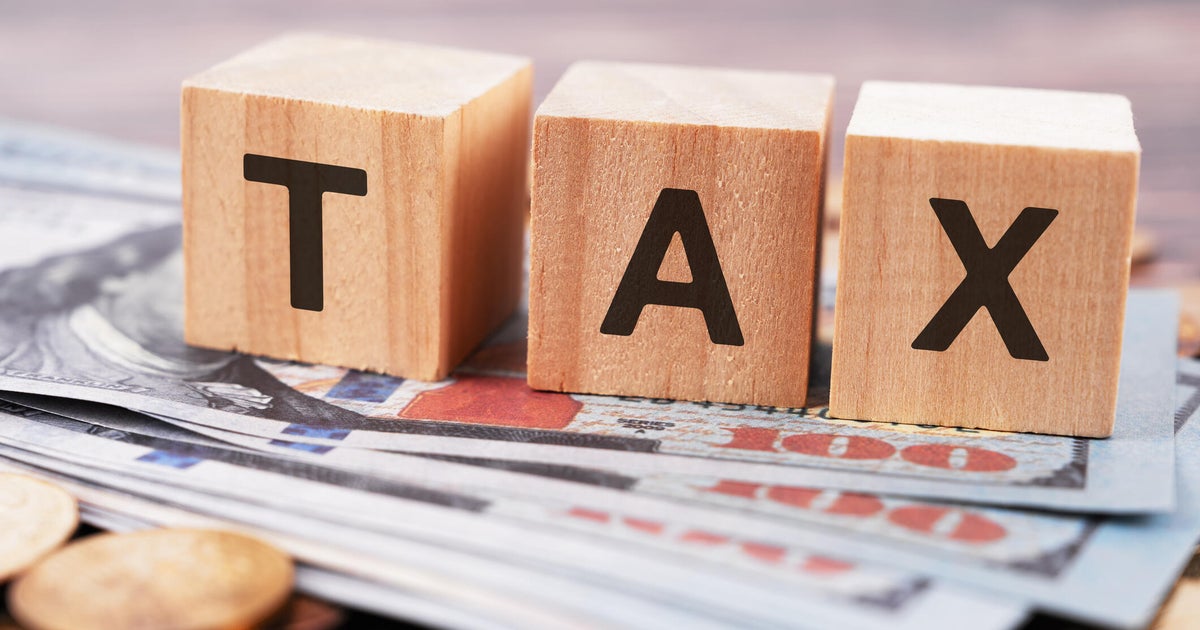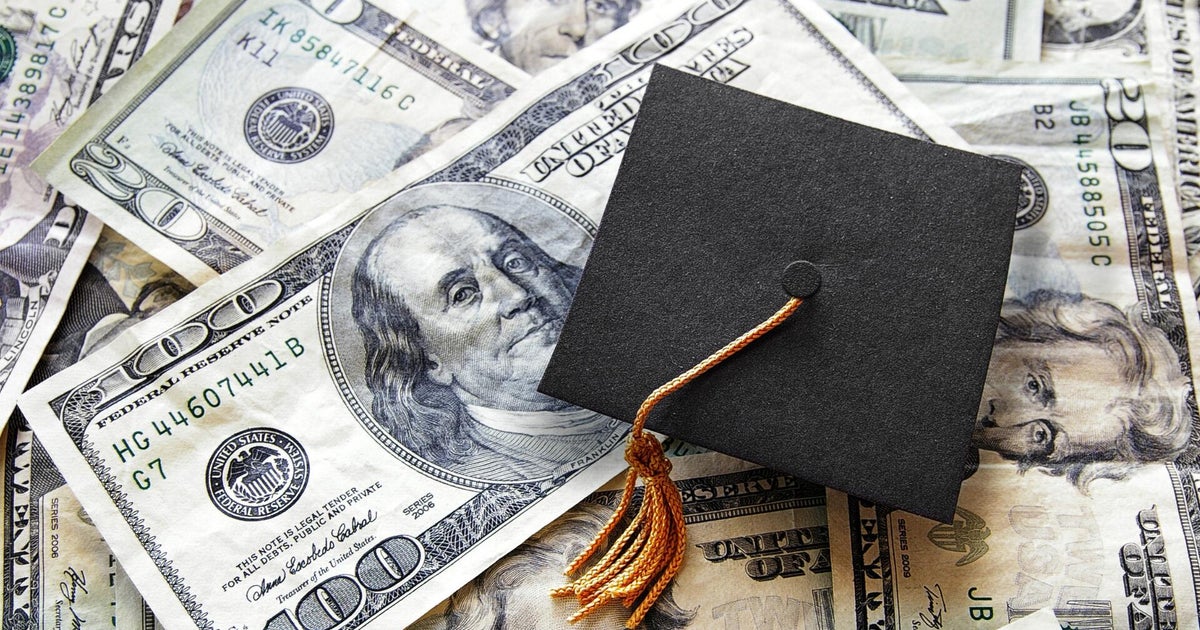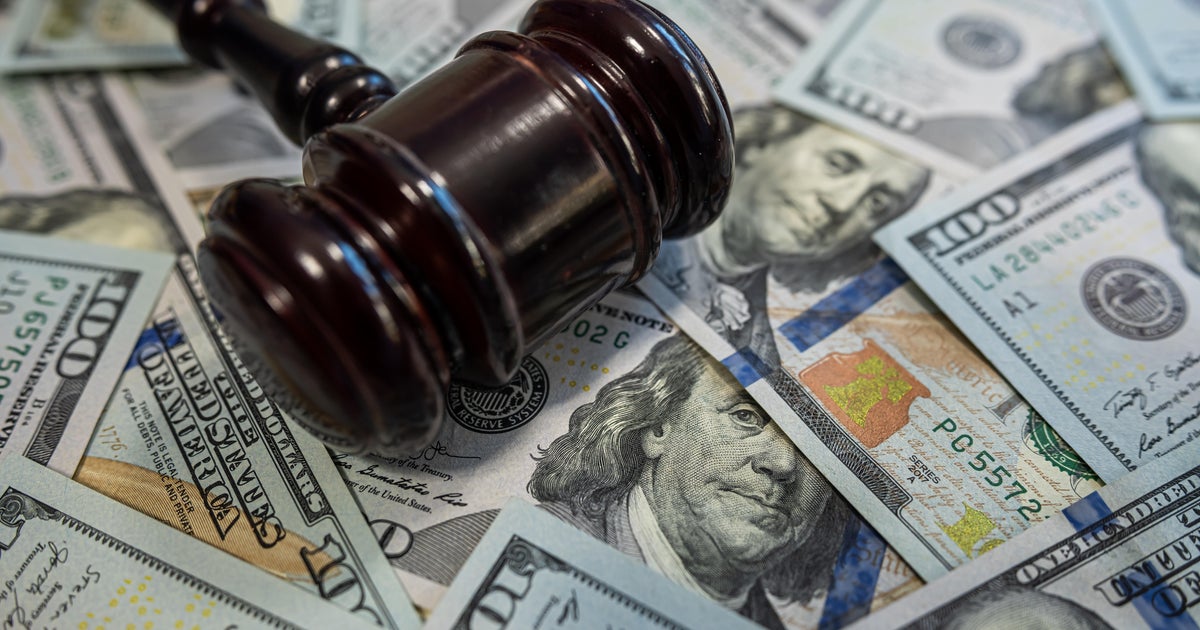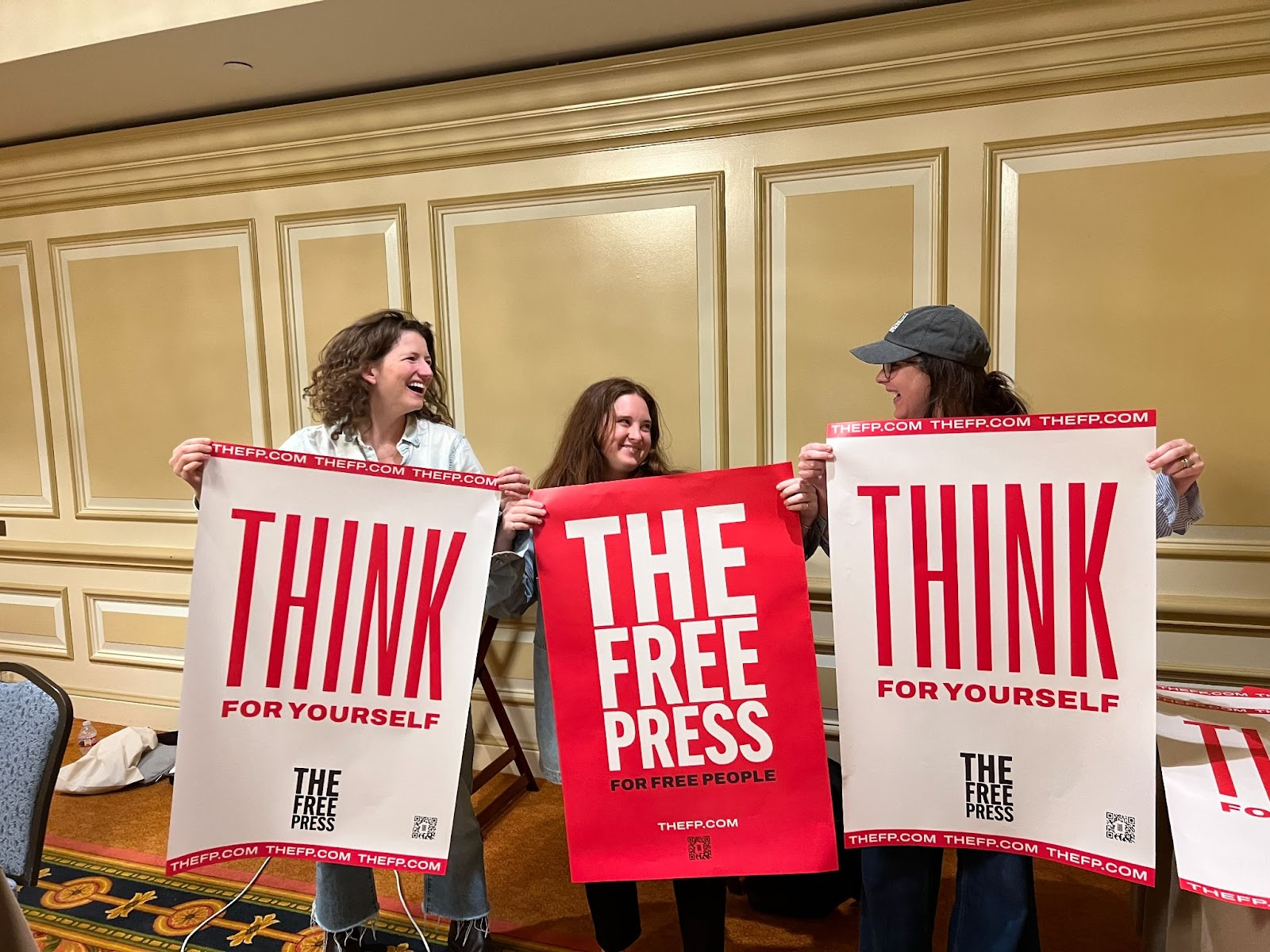4 ways to pay off $10,000 in credit card debt quickly
Credit card debt is becoming a problem for many Americans according to data from the Federal Reserve Bank of New York. Credit card delinquencies are growing (now at nearly 9%) and almost one in five credit cards are maxed out. And this is all happening against a backdrop of persistent inflation, which is compounding the credit card debt problem in the United States.
But, what if you have $10,000 in credit card debt? Are you destined to join the borrowers who have fallen into delinquency or are there ways to pay your credit card debt off quickly? And, if you've already fallen into delinquency, are you out of luck?
The truth is that there are several ways to pay off $10,000 credit card debt quickly, whether or not your accounts are delinquent.
Get in touch with an expert to put your credit card debt behind you today.
4 ways to pay off $10,000 in credit card debt quickly
Here are four of the fastest ways to pay off $10,000 in credit card debt:
Take advantage of credit card debt forgiveness
Credit card debt forgiveness is a type of debt relief service that negotiates with your lenders on your behalf. The goal of these negotiations is for your lenders to forgive a meaningful percentage of your balance, making it easier to pay off your credit card debt, even in the midst of a financial hardship.
Though credit card debt forgiveness typically has a detrimental impact on credit scores, these programs can lead to meaningful savings in terms of time and money. Nonetheless, due to the negative impact these programs have on credit scores, they're usually best for borrowers who are already delinquent or who are having a difficult time making their minimum payments.
Find out how much of your credit card debt can be forgiven now.
Consider credit card debt consolidation
Debt consolidation can happen in two ways: debt consolidation loans and debt consolidation programs. In either case, this process involves taking out a new loan to pay off multiple high-interest credit cards. The main difference is how you obtain the loan.
When you use a debt consolidation loan, you typically take out a loan from a traditional bank or credit union and the funds are used to pay off your credit card debt, essentially rolling all of your debts into one loan. You then make your monthly payments directly to the lender you borrowed from.
With a debt consolidation program, you work with a debt relief company to obtain a new loan (typically from a partner lender) and those funds are used to pay off your debts. You then make monthly payments directly to the debt relief company according to the terms of your new loan.
If you take this route, it's important to make sure that your new loan's interest rate is lower than the average interest rate on your current credit card debts. After all, the goal is to save you time and money in your debt relief journey.
Use your home equity
If you own your home, you may be able to use your home equity to pay your credit card debt off at a lower interest rate. "If someone has a $10,000 credit card with a 24.99% APR, and is paying $300 per month, it will take them four years and 10 months to pay off the balance," explains Colby Van Sickler founder and CEO of the wealth management company, F3 Wealth Management. "The total interest will be $7,243.82."
So, how much time and money would a home equity loan save you?
The average home equity loan interest rate is currently 8.79%. If you were to pay off a $10,000 credit card with a loan at this rate, you'd have a monthly payment due of around $125. However, if you made $300 monthly payments, it would take you about three years and three months to pay the debt off and you would pay $1,507 in interest. So, a home equity loan could save you a year and seven months in payoff time and $5,736.82 in interest.
Ask your lenders about financial hardship programs
Finally, it may be advantageous to reach out to your lenders directly for help if you're dealing with financial hardship. Many lenders offer financial hardship programs that provide short-term relief from high interest rates and minimum payments. That relief could make it possible for you to pay your credit card debt off faster.
But, you may need to prove your financial hardship to qualify. For example, if a medical ailment caused a loss of income, your credit card companies may ask for copies of your medical bills before approving you for a financial hardship program.
The bottom line
If you have $10,000 in credit card debt, you may feel like it will take forever to pay your debt off. But it doesn't have to. If you're struggling to make your minimum payments or have already become delinquent, consider a credit card debt forgiveness program or reaching out to your lenders for financial hardship-related assistance. If you're able to make your minimum payments, debt consolidation may be a suitable solution. And, if you own your home, consider using your home equity to pay your credit cards off faster.
This story has been updated to clarify the difference between debt management and debt consolidation programs.






